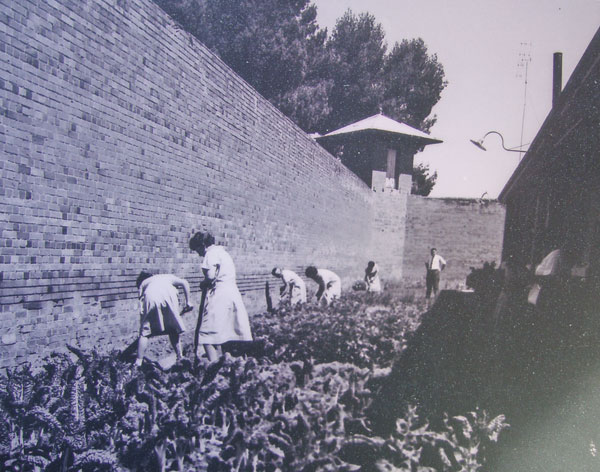
Centacare Adoption Services was name of the organisation created when Centacare Catholic Community Care took over the running of Catholic Adoption Services in 1993. It dealt with adoptions in the Sydney Archdiocese of the Catholic Church. This organisation is now known as CatholicCare Adoption Services. Please refer to CatholicCare Adoption Services for further information.

The Hay Institution for Girls was opened in the old Hay Gaol in 1961. It was an annexe of Parramatta Girls Training School, and held 12 girls aged 15 to 18 who had committed offences, including rioting to protest their treatment, while they were in Parramatta. They were officially sent to Hay for three month…
The Department of Family and Community Services was the new name chosen by the New South Wales Government for the Department of Youth and Community Services in 1991. In 1991 the Department’s name was changed to the Department of Health and Human Services.
City Mission refers to the missions run by various Christian denominations in urban and suburban settings. Many of the city missions established in nineteenth-century Australia continue to operate community services organisations in the 2010s. The London City Mission was founded in 1835, with a mandate to ‘extend the knowledge of the Gospel among the inhabitants…
The Ward Registers are short documents compiled by the Board for the Protection of Aborigines between 1916 and the 1940s, that record details of Aboriginal wards in the apprenticeship system and institutions. The Registers record date of birth, place of removal, parents’, siblings and other relatives’ names, and the names of employers, institutions the children…
The Carpentarian Reformatory was established by the Department of Charitable Institutions at Brush Farm, a historic property in Eastwood, in 1894. It was located in an area sometimes referred to as Dundas Heights, so is often described as being in Dundas. In 1897, the management of the Reformatory was taken over by the State Children’s…
Uncontrollable is a term used in child welfare legislation and in child welfare files. It was generally used by authorities to describe a child believed to be undisciplined. Being uncontrollable could be a reason for a child to be deemed neglected and made a ward of the state in court. Parents and guardians could declare…
Probation refers to children or young people being committed by the Children’s Court to a period of supervision by the child welfare department in their state or territory. In New South Wales, probation was introduced in 1905 as part of the Children’s Court system. It was a way of supervising children who had been charged…
Juvenile justice is the system of dealing with crimes committed by children and minors through courts, probation and detention programmes. As early as the 1840s it was recognised that young offenders should receive different treatment to adults. The first colonial laws to tackle children’s criminal behaviour were passed in the 1860s. Since this time, the…
The Family Endowment Act 1927, passed by the Lang Labor government, introduced a new payment to families in New South Wales. Family endowment was a flat rate paid to all non-Aboriginal families, irrespective of circumstances and is considered the first universal welfare payment made in Australia. It made a significant difference to the wellbeing of…